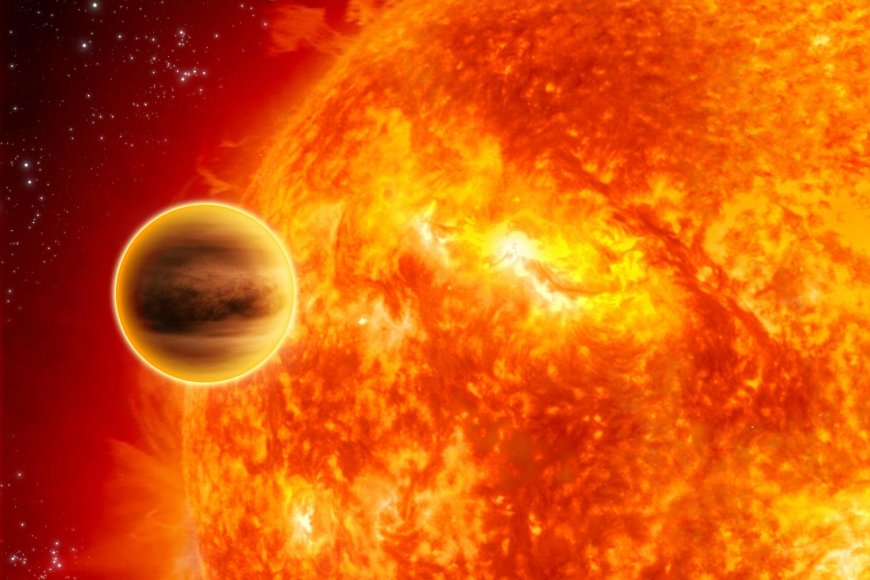ABOUT EXOPLANETS
|
There are 1,879 confirmed exoplanets and about 5,000 more candidates. Exoplanets are planets that orbits a star different than our star. These planets are difficult to detect for many reasons, however great progress has been made using many different techniques. The most successful method for finding planets outside of our solar system is known as the transit. In March of 2009 NASA launched a space telescope named Kepler, the goal was to find earth like planets; however it found different types of planets and other objects. So the goal of my research is to sort through Kepler's data and determine if the objects detected are planets; if so are they loosing mass to their host star? Does these exoplanets have a density that's in between the expected range of .03 g/cm^3 to 600 g/cm^3.
The first exoplanet discovered was in 1992 by Aleksander Wolszczan.
The first known exoplanets were called "Hot Jupiter's"
A "hot Jupiter" is a planet that's about the size of Jupiter, but with an orbital period about 1000 times smaller: because it is so close to the star its temperature is higher than our Jupiter. Some hot Jupiter's orbit their star in less than half a day
Puffy planets are exoplanets that are much larger than Jupiter, they get their names because they have very small densities. The image to the right is an artist rendering of HD 29587 B, which is a puffy planet.
Super Earths are planets that are about ten times the mass of Earth. However, the name doesn't imply anything about the living conditions of the planet.
When a planet reaches its Roche Limit, it begins to be pulled so tightly, that it looses its mass to the star it is orbiting. The Roche Geometry limit shows how big an exoplanet can get before it began to lose mass to its orbiting star.
Where Mp = the mass of the planet. Where a = orbit semi-major axis. Where 3M* = 3 times the mass of the star.
|


|